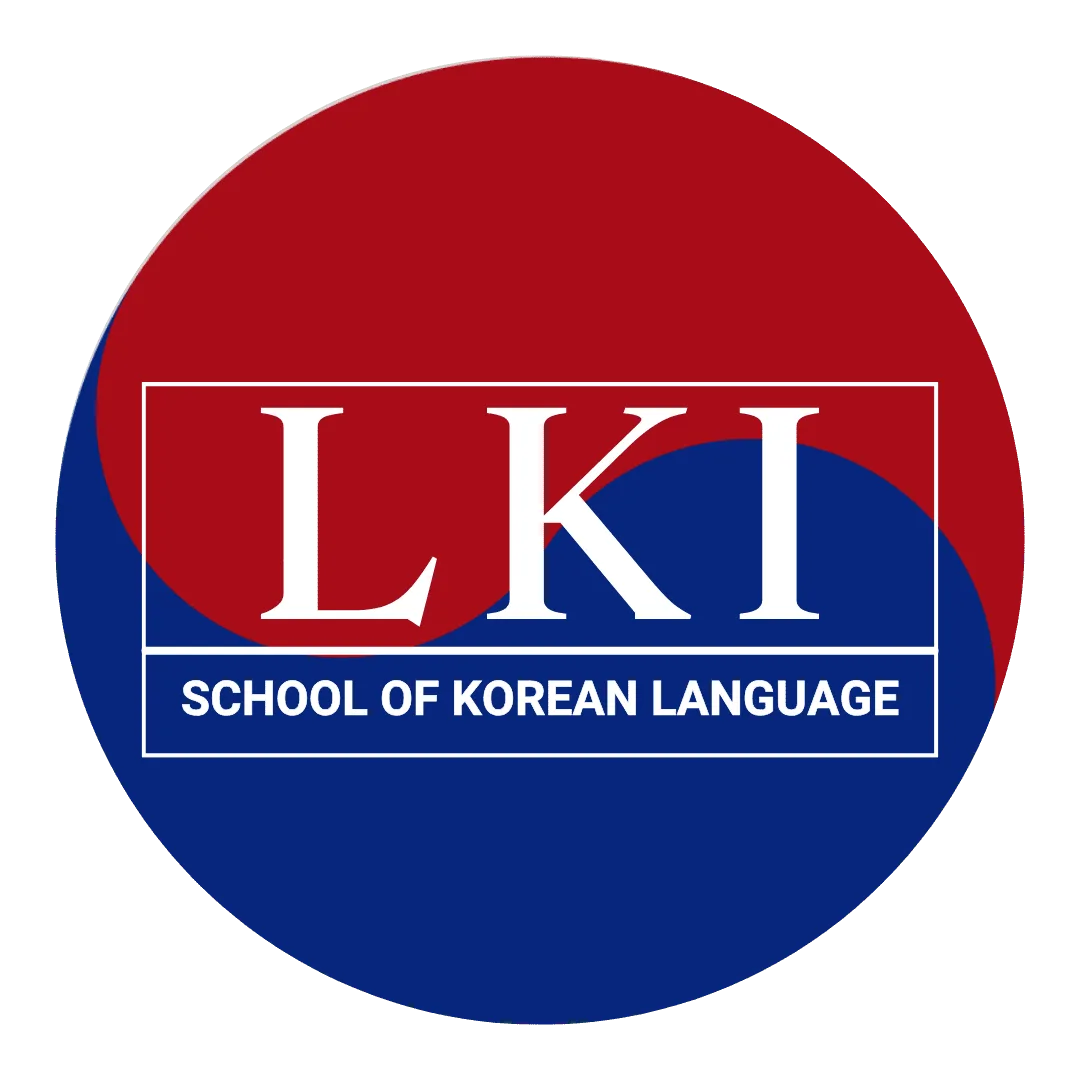Let's learn how to use "N+후에, V+(으)ㄴ 후에 [Korean grammar]" with some example sentences.
N+ 후에,V+(으)ㄴ 후에 (Korean Grammar)
USE:
This grammar is used to express the time when an action occurs after 'a certain period of time' or 'after some action'.
It is equal to "after doing", "after this time" in English.
It is used in form ' Time+후에, "Noun+후에" and " verb+(으)ㄴ 후에" in a sentence.
Note: -(으)ㄴ 다음에 can also be used in place of -(으)ㄴ 후에.
CONJUGATION RULE:
When following a noun, 후에 Is used.
"N+후에"
For example:
수업 후에 숙제를 해요. (He does his homework after the class.)
When following the verb, the first step of 'V+(으)ㄴ 후에' conjugation is to remove ‘다’ from the base form of the verb.
- If the verb stem is ending with a final consonant (받침), we use 'V+은 후에'.
- If the verb stem is ending with any vowel( without patchim) then 'V+ ㄴ 후에' is used.
So let's take a verb 먹다(to eat). If you remove 다 from 먹다, 먹 (stem) is left.
먹 is ending with final consonant i.e. Patchim.
According to the conjugation rule, if the stem ends with Patchim, we add 은 후에.
So it becomes 먹은 후에.
So, if you want to say- "I watch TV after eating the food."
Then, you'll say- "밥을 먹은 후에 TV를 봐요."
EXAMPLE SENTENCES:
- 여름 후에 고향에 갈 거예요.
I'll go to my hometown after summer. - 방학 후에 아르바이트를 할 거예요.
I'll work part-time after vacation. - 밥 먹은 후에 드라마를 봐요.
I watch TV after eating food. - 수업이 끝난 후에 사진을 찍읍시다.
Let's click the picture after the class end. - 요리한 후에 음악을 들어요.
I listen to the music after cooking. - 자동차를 운전한 후에 쌰워를 해요.
I take shower after driving. - 저녁 먹은 후에 운동해요.
I do exercise after having dinner. - 미국에 산 후에 영어를 배웠어요.
After living in USA, I learned English.

